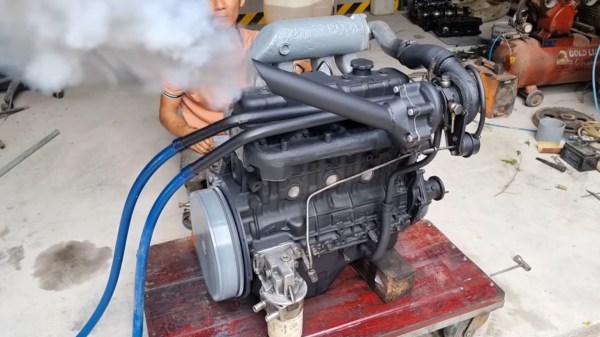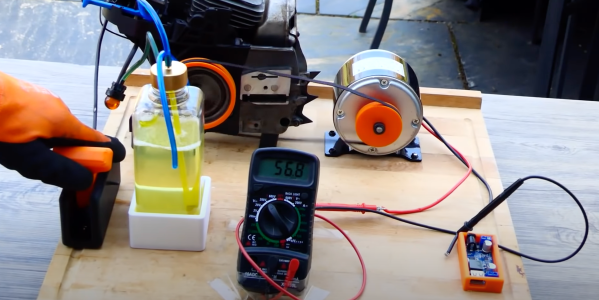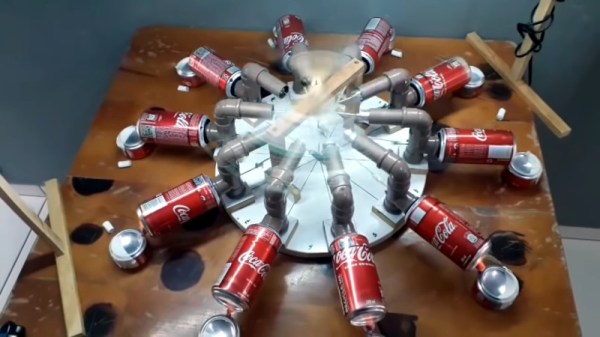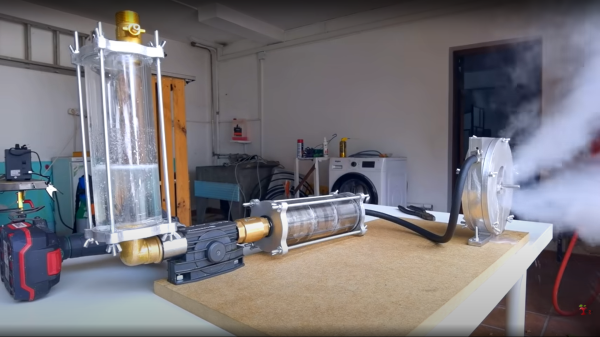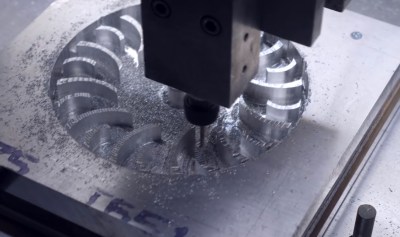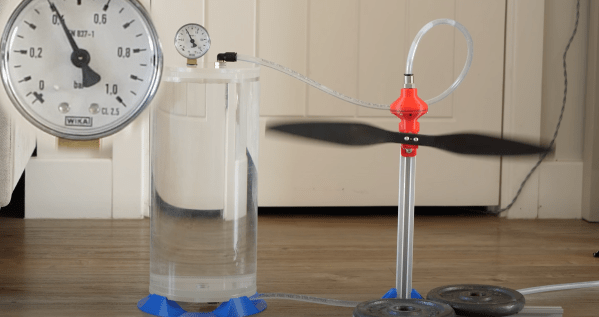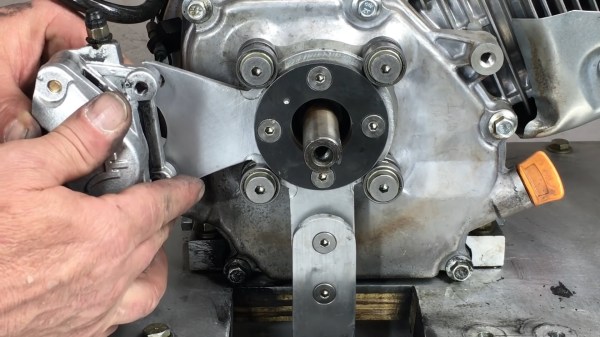There’s an old saying that says “Anything is possible with enough Time, Money, or Brains. Pick two.” For [Mr HỒ Thánh Chế], the choice was obvious: Time, and Brains. This is evident by the impressive DIY boat build shown in the video below the break.
[Mr HỒ] starts with an Isuzu marine diesel engine that was apparently found on the beach, covered in barnacles and keel worms (and who knows what else). A complete teardown reveals that the crankcase was miraculously spared the ravages of the sea, and somehow even the turbo survived. After a good cleaning and reassembly, the engine rumbles to life. What’s notable is that the entire engine project was done with only basic tools, save for a lathe. Even generally disposable parts such as the head gasket are re-used.
Moving onto the hull, half of an old damaged boat is used and a new top is built. Car seats out of a Toyota sit behind a steering column also from a car, while the deck is built from scratch out of square tubing, foam board, and fiberglass.
What we liked about the project isn’t so much the end result, it has some build quality issues and it looks like the steering is far too slow, but what project of our own hasn’t been knocked together for fun with some obvious flaws? In fact, that’s very often the epitome of the Hacker spirit- doing it quick, dirty, having fun, and iterating as we go. For that, our hat is off to [Mr HỒ].
If boat recycling puts the wind in your sails, check out this boat-turned-sauna project.
Continue reading “Recycled Speed Boat Beats The Barnacles Out Of Your Average Rebuild”

